Even though we are gearing up for the cold winter months, gardeners are already preparing for the upcoming gardening season. Having your garden in peak shape for the spring months can save a lot of time and work. Gardening enthusiast Victoria Gerrard, La Crosse, WI resident, has shared top tips to ensure your garden is in tip-top shape come spring.
1. Check The Soil
A bountiful crop starts at ground level, so checking your soil is essential. Before deciding which plants to sow, it’s crucial to test the soil temperature, pH level, and nutrients available. You can get this information by doing a soil test. Soil tests are relatively inexpensive and can help you determine what amendments your soil needs.
To have your soil tested, contact your local county extension office or the Soil Science Department of your state university. It is recommended to do a soil test every three to five years to help monitor the nutrients in your garden.
Once you have tested your soil and know its needs, you can amend it. Depending on the test results, this could include adding nutrients to replenish those needed or changing the pH balance of the soil by adding lime or sulfur. Adding compost is a great way to help your soil retain moisture, which can be critical during droughts.
2. Clean Up The Garden
At the start of spring, it’s important to clean up any debris that may be left from the autumn and winter months. Remove dead leaves and weeds, rake up sticks or stones, and check for disease-causing pathogens such as fungi or nematodes.
A nematode is a microscopic worm that can damage the roots of plants and cause wilting, stunted growth, and other problems.
Once you have cleared the debris, keeping your garden clear of weeds is essential. Weeds can quickly take over a garden if left unchecked and compete with plants for nutrients, water, and sunlight. Investing in an organic weed-control product or using mulch around your plants can help keep weeds at bay.
3. Assess Damage And Make Repairs
After the winter months, your garden may have suffered some damage. Take time to assess any plants that may have been damaged or killed by frost or other weather conditions and make necessary repairs.
Prune dead branches and clear away any debris blocking sunlight or water from reaching your plants. If you notice any disease or pest infestations, take the proper steps to remove them.
Taking the time to inspect and make repairs come spring can help ensure a healthy garden for the upcoming season.
4. Plan Out The Garden
Once your garden is tidied up, and any damage has been assessed, it’s important to plan for the upcoming season. You may want to consider what sort of vegetables or flowers you’d like to grow and any other features you’d like to add, such as a trellis, raised beds, or path stones.
Making a plan for your garden can help ensure that it is organized and that all the elements come together in harmony.
Certain plants benefit from being planted together, such as tomatoes and basil. The pair use the same nutrients and can help each other grow better. Companion planting is also used in flower beds and shrubbery.
Additionally, it helps to plan for any potential pests or diseases that may arise during the growing season. You can take certain preventative measures, such as planting marigolds around your vegetable garden to repel pests or using companion plants that attract beneficial insects to eat any pests.
5. Plant The Garden
Now that you have your soil tested, cleaned up, assessed for damage and made any repairs, and planned out what you want to grow in the garden, it’s time to sow. Planting at the right time is essential for a successful crop. Check the planting guidelines for each type of seed or plant you are growing.
Planting in the spring often requires seeds or transplants such as tomatoes, peppers, and eggplants. Planting in early summer can include corn, squash, pole beans, and cucumbers. Planting in late summer and fall usually requires cool-season vegetables such as lettuce, kale, spinach, carrots, and beets.
When planting, keep in mind the spacing of the plants to ensure that they have enough room to mature. Additionally, provide to water your plants immediately after planting and regularly throughout the growing season.
This will help ensure that your seeds or transplants take root and thrive. With these steps, you can be sure to have a lush, abundant garden in no time.
Final Thoughts
Preparing your garden for the growing season takes time and effort, but it pays off in the end. With a little bit of planning and care, Victoria Gerrard, La Crosse, WI resident, believes you can ensure that your garden is healthy, abundant, and ready to produce an array of delectable fruits, vegetables, and flowers come spring.
So, when the winter weather thaws and the sun begins to shine, you can be sure your garden is ready for whatever Mother Nature does.

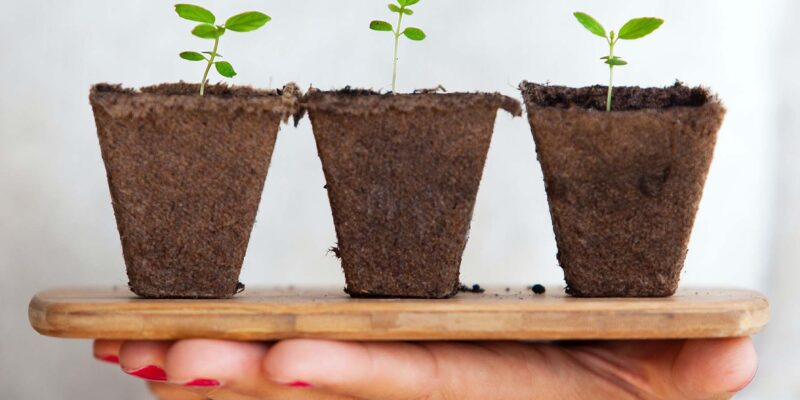

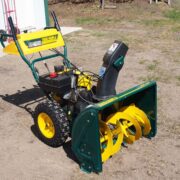

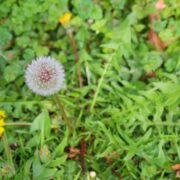
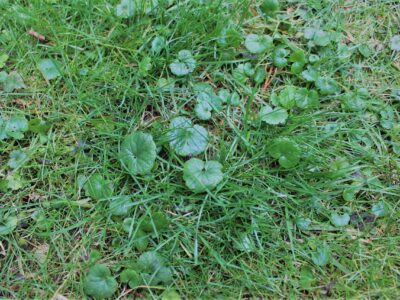


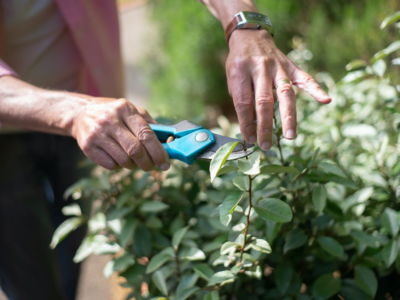
Comments